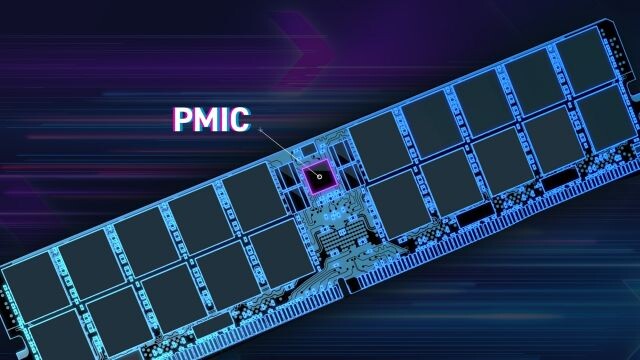AMD has released the latest AGESA 1.0.0.7 AM5 platform microcode to improve the stability of machines powered by Ryzen 7000X3D processors. The update is designed to prevent physical damage caused by increased voltage in voltage-assisted overclocking scenarios. However, according to g01d3nm4ng0, the update has reportedly impacted memory overclocking capabilities. The "PROCHOT Control" and "PROCHOT Deassertation Ramp" toggles that were available in older versions of AGESA for AM5 are not available in the latest production AGESA.
The memory compatibility has also been affected by the update. AMD recently added support for odd-density DDR5 memory modules, such as 24 GB and 48 GB, which make up 48 GB and 96 GB 2-module (dual-channel, four sub-channel) kits. It is possible to max out 192 GB, but while the older AGESA 1.0.0.6 allowed memory frequencies of up to DDR5-6000 with SoC voltage of 1.3 V, the newer AGESA is only stable up to DDR5-4400 at this density. Most motherboards advertise maximum memory frequencies of under DDR5-4800 for memory configurations where there are two DIMMs per channel, and both DIMMs are dual-rank (so four dual-rank DIMMs in all, which is the least optimal memory configuration from a memory frequency and latency perspective).
